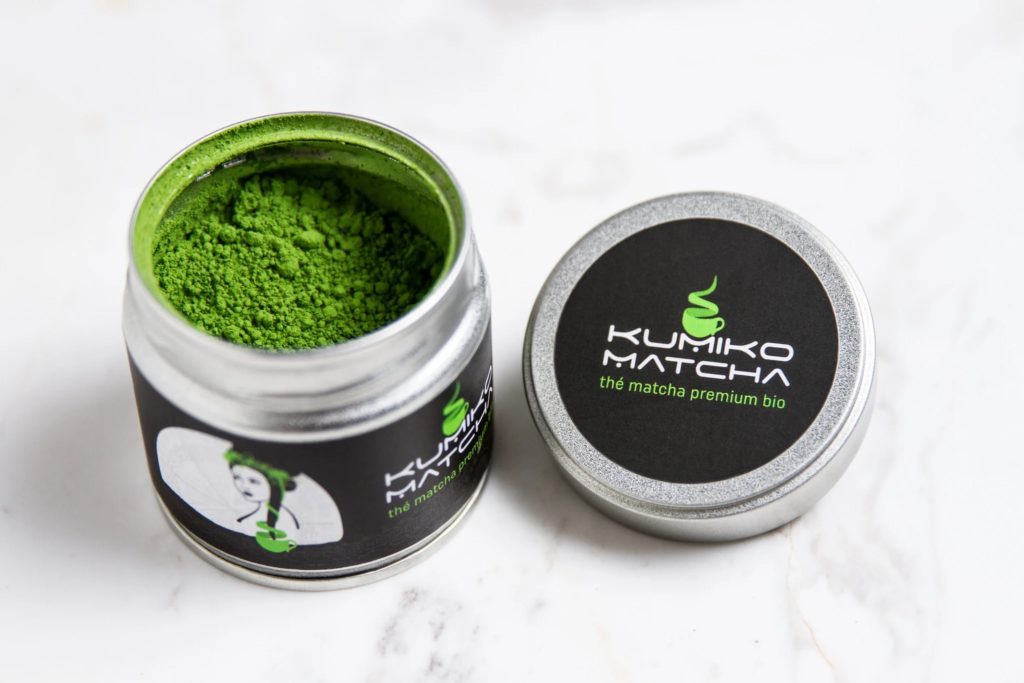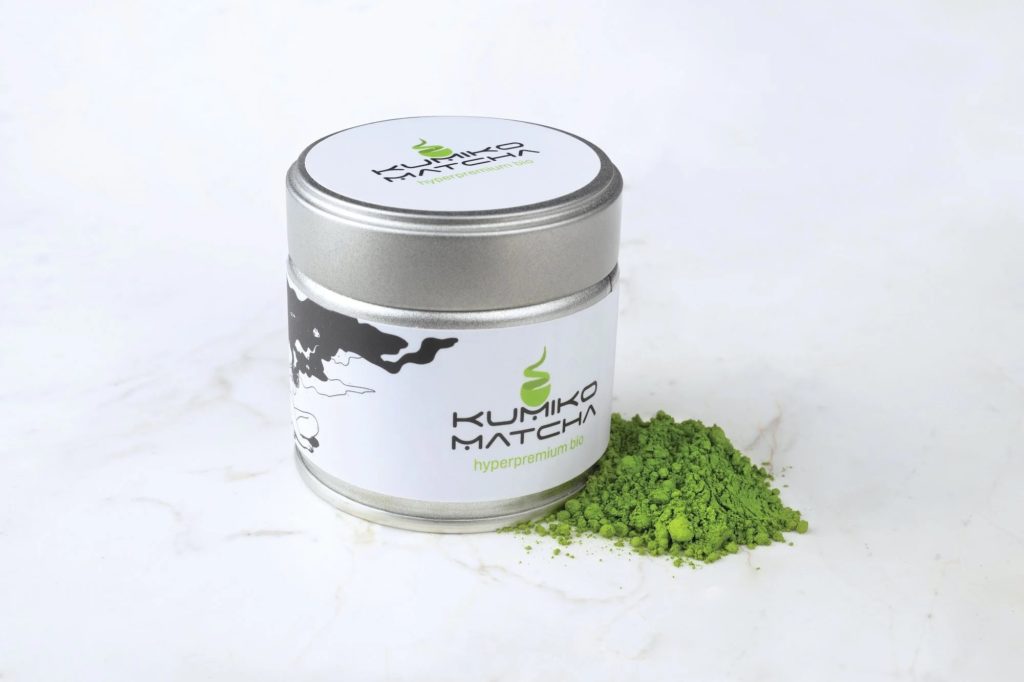What is a cultivar? A single origin?
A blend? Definitions
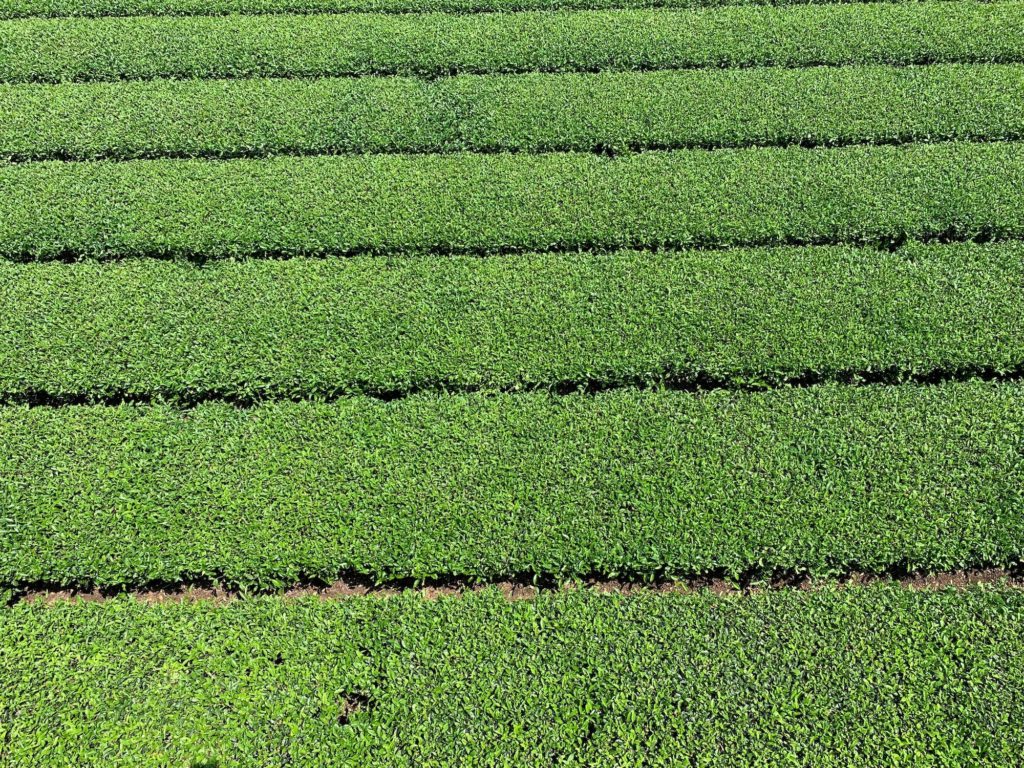
In this article I’m going to share with you the definitions of several terms used in the world of matcha tea. I’m going to draw a parallel with wine and champagne, as they have a lot in common with tea.
You’re probably familiar with the names of wine grape varieties like chardonnay, merlot and cabernet sauvignon. Did you know that the same applies to tea?
These “tea varieties” are called cultivars.
What is a cultivar?
The word cultivar in agriculture, or horticultural variety
In botany, the term “cultivar” refers to a cultivated variety of plant obtained through selection according to aesthetic criteria, growth, adaptation to an environment or resistance to disease.
The grape variety, specifically used in the world of wine, is synonymous with the word “cultivar”.
What is a matcha tea cultivar?
A cultivar is a group of tea plants obtained through selection and cross-breeding, and grown for their particular characteristics.
Indeed, each cultivar is more or less adapted to certain weather conditions (frost-resistant, for example), or is grown for its unique flavor, color or aroma. Some cultivars are very well suited to matcha tea production.
To preserve the cultivar’s qualities and prevent it from changing over time, Japanese tea is most often grown using cuttings instead of seeds. In other words, most tea fields are filled with clones of the same tea plant, all with exactly the same genetic heritage.

The Yabukita example
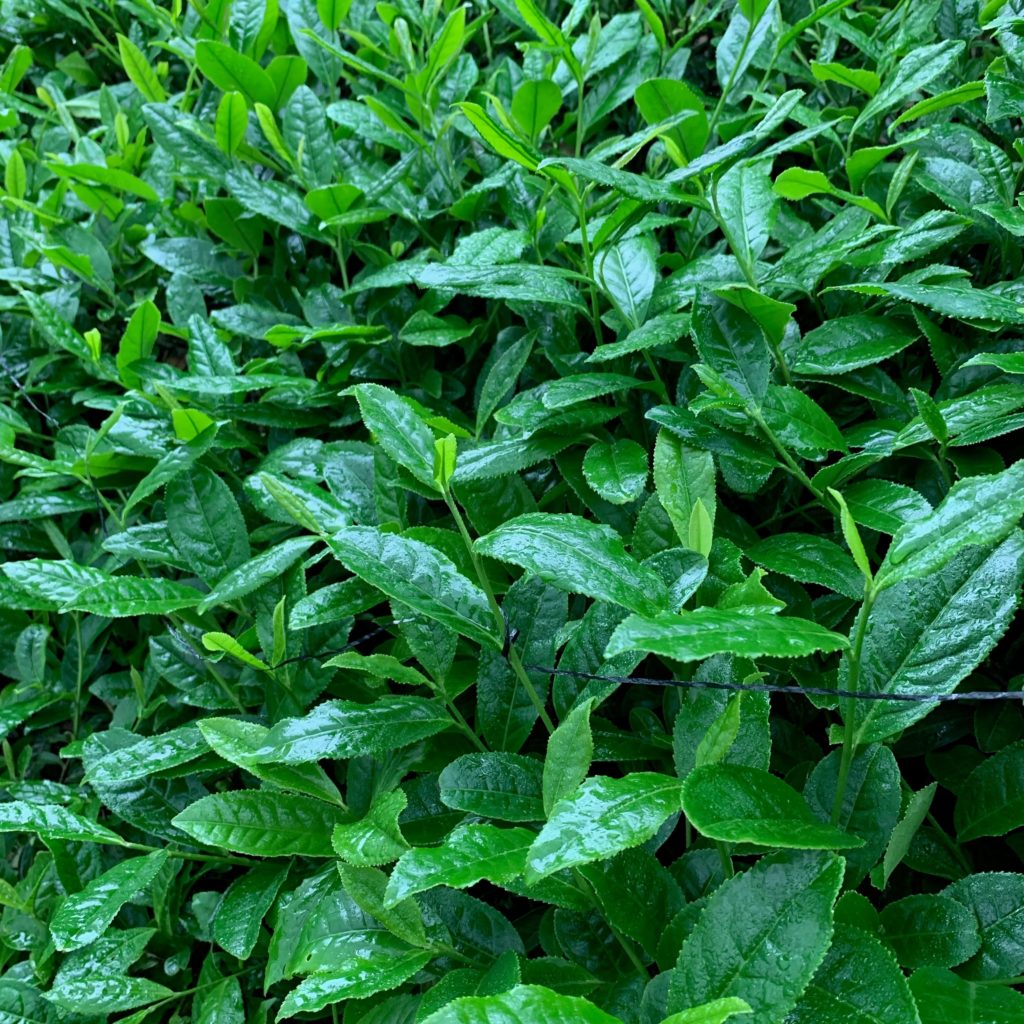
In 1908, a farmer named Sugiyama Hikosaburo (杉山彦三郎) developed a new cultivar in the Shizuoka region.
He named it Yabukita, which literally means northern grove (藪) (北), as his field was north of a bamboo grove.
This cultivar is particularly hardy and cold-resistant, can survive in a wide range of climates, and has a pronounced flavor.
Yabukita was registered as an official cultivar in 1954, and spread widely throughout Japan. Today, it is the most popular tea: according to Japan’s Ministry of Agriculture, Forestry and Fisheries, it accounts for 75% of Japanese tea.
It is virtually ubiquitous in matcha production.
The disadvantage of Yabukita is that it is vulnerable to insect pests and disease, and needs a great deal of care.
Other cultivars?
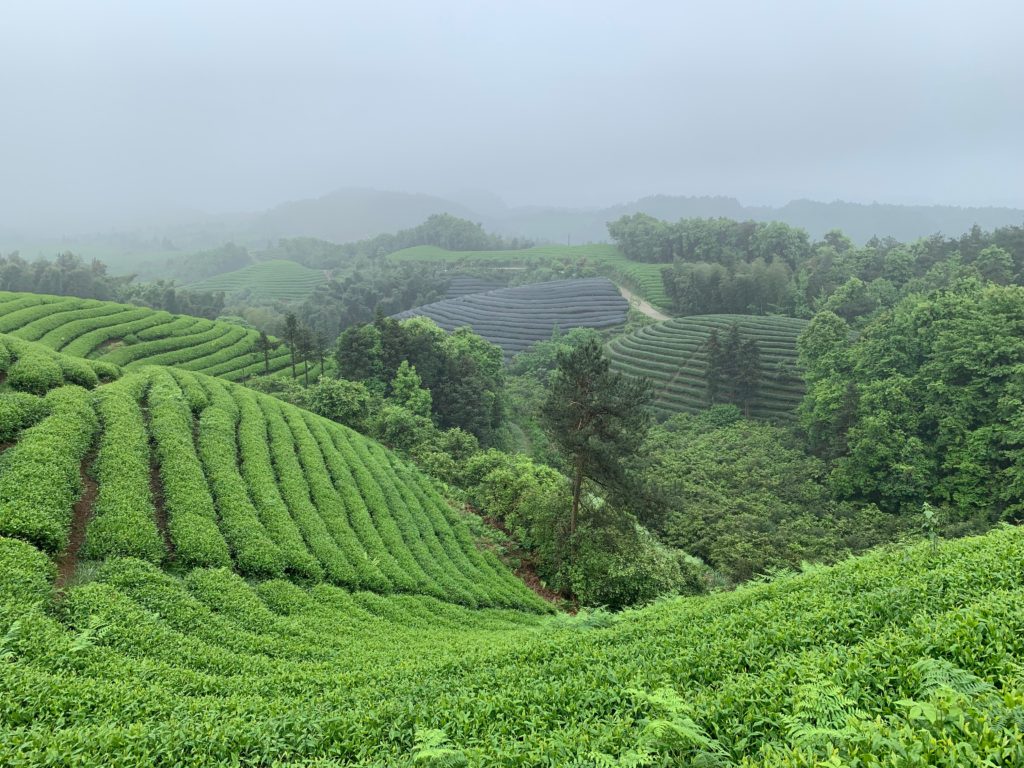
There are many cultivars (over a hundred), much less well known than Yabukita, with varied taste profiles. Other cultivars include Samidori, Asahi, Komakage and Yamakai. There are also hybrid cultivars, i.e. crosses between two cultivars, such as Tsuyuhikari.
Knowing about them adds an extra dimension to tea tasting and understanding, in addition to tea type, farmers and terroirs.
Cultivars offer several advantages:
- they come in a wide variety of flavors and aromas, providing plenty of choice and tasting delights
- the farmer can choose a cultivar suited to the climate and conditions of his terroir
- they are more stable in quality and yield than zairai
The special case of zairai
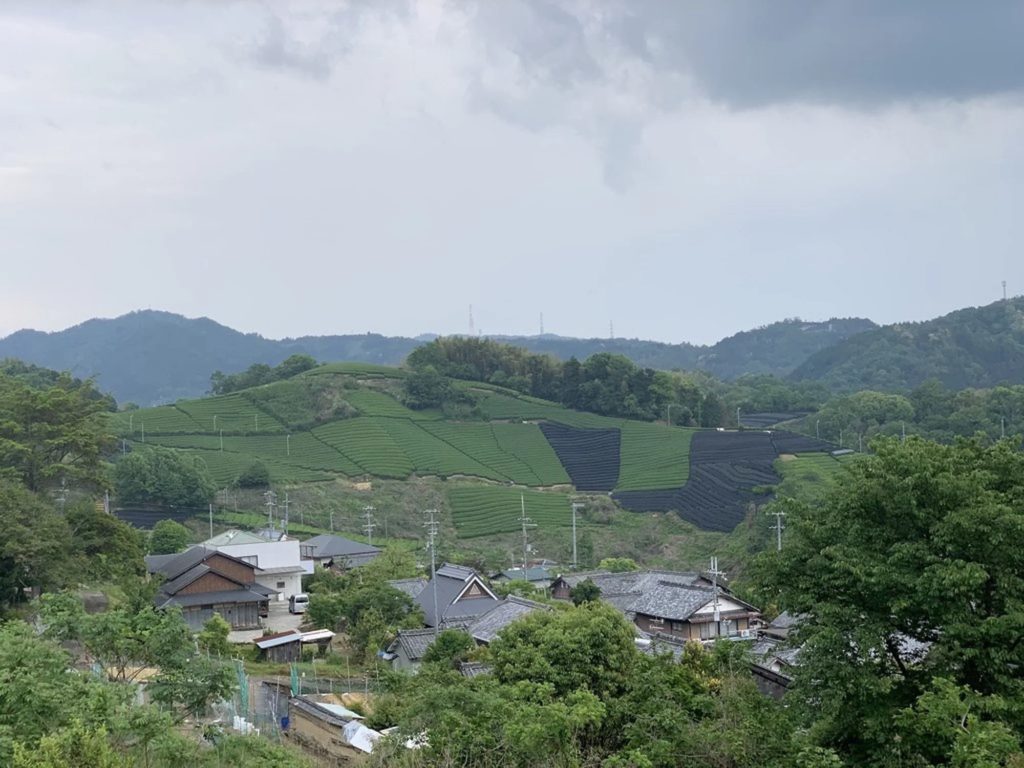
The use of cultivars is relatively recent in the history of Japanese tea, only becoming commonplace in the 60s and 70s.
Before this boom, tea was grown from seed. Today, only a handful of tea gardens use this method (around 3%). These native tea varieties, which belong to no distinctive cultivar, are called zairai (在来).
In this case, each plant has a unique and different genetic heritage: a field of zairai is like a large natural assemblage of hundreds of unique plants.
Zairai are no longer popular with most farmers for several reasons:
- they are not as profitable as cultivars, as their yield is uncertain
- as they are all genetically different, the harvest timing and taste of all tea bushes will be different, even if they are part of the same tea garden. This makes harvesting more difficult for farmers.
But zairai also have undeniable advantages:
- zairai are more resistant to disease and pests, thanks to their diversity and adaptation to their native terroir
- many consider the rare flavor of zairai to be that of the Japanese tea of yesteryear
That’s why I’m so happy to be working with our farmer-partner Tokuya-san and his natural matcha zairai, which is a true rarity and a unique pleasure.
Blends
Blending is a combination of teas blended in certain proportions to give a particular taste effect. These proportions are generally adjusted each year according to the quality of the different batches of teas available.
Blend features
The work of the tea master is comparable to that of the cellar master in the world of champagne.
Organic premium matcha tea is the product of a blend, like most champagnes: it has no vintage and always retains the same taste whatever the year, thanks to the blending work of the tea master.
This specialist tastes the different harvests of tencha and evaluates them according to terroir, cultivar, color, aroma and nose. He will then create a “mix” of these tencha from the cooperative of several farmers, to arrive at a finished product like our organic premium matcha tea.
Our selection of blends
Kumiko Matcha’s flagship product is the finest organic premium matcha tea.
A delicate powder with an intense jade color.
A rich, mellow taste with a delicious flavor. Initially vegetal and herbal, slightly astringent with a tannic feel followed by a smooth finish. Full of umami.
Produced organically to respect the environment and pass on all the benefits of the plant.
Grand cru unreal, the definition of umami, the most luxurious and exclusive for special occasions.
Nishi-san has chosen to keep the formula of his blend a secret, but he has kindly revealed that the most present cultivar is Saemidori.
This tea variety, with its strong umami taste, is ready for harvesting generally earlier than Yabukita. Its leaves are a bright, shiny green.
Conclusion
Together, we learned about cultivars, single origins and blends.
The world of matcha tea is as complex as that of wine, with special vintage editions that change every year according to the conditions of their terroir; and with blends whose secret is kept by their creators.
